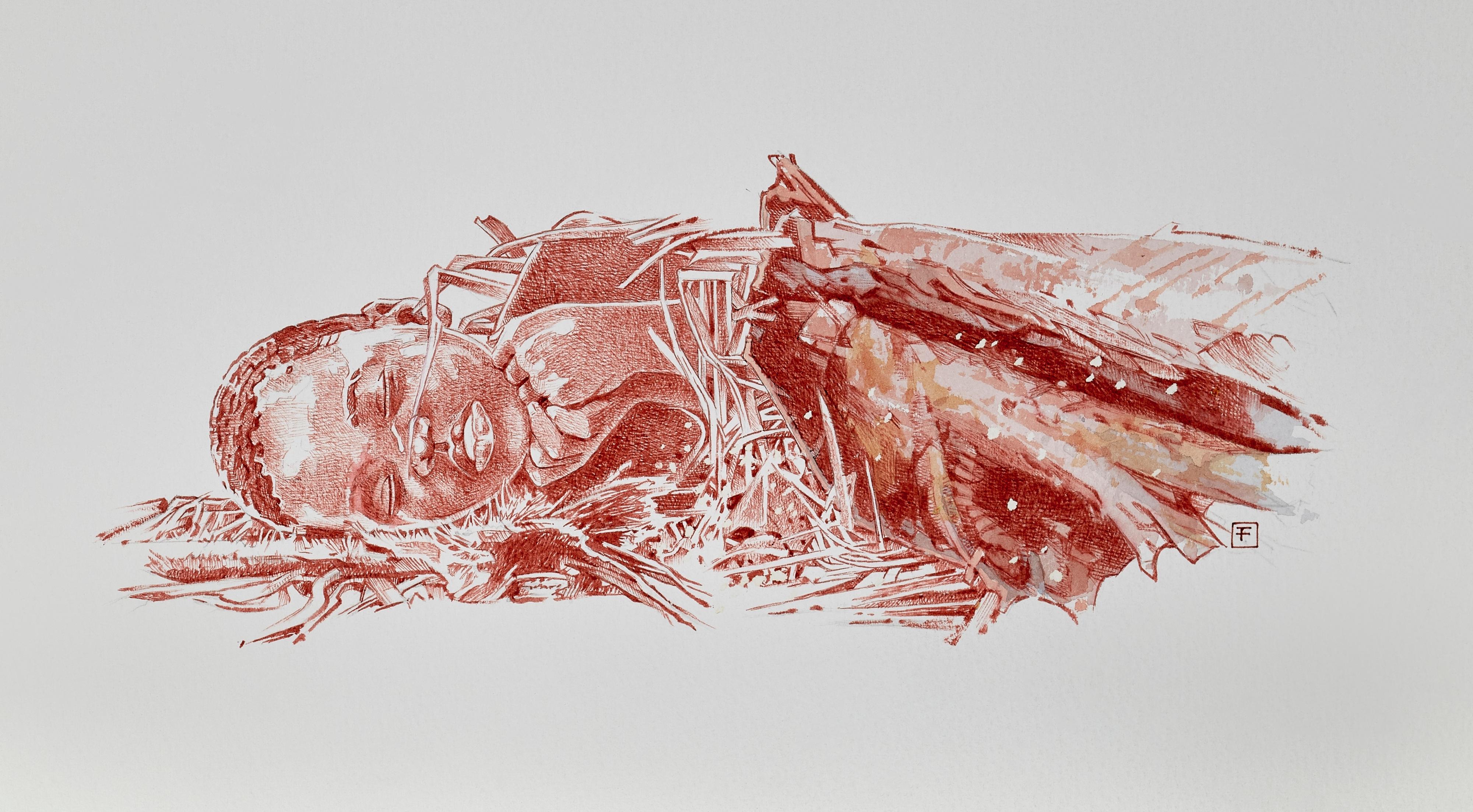Media release
From:
Human behaviour: The earliest deliberate burial by modern humans in Africa (N&V) *IMAGES & VIDEO*
The deliberate burial of a young child, dated to around 78,000 years ago, in a cave in Kenya is the earliest known evidence of funerary internment by modern humans in Africa. The discovery, reported in Nature this week, offers new insight into how these populations treated their dead.
Investigations of the evolution of modern human behaviour often focus on the Middle Stone Age of Africa (spanning from about 280,000 to 25,000 years ago), but evidence is scarce for formal burials—an important component of this evolution—in Africa at this time. María Martinón-Torres and colleagues describe a partial skeleton of a 2.5–3-year-old child, with dental features that are consistent with an assignment to Homo sapiens, recovered from Middle Stone Age layers at Panga ya Saidi, a cave site near the coast of Kenya.
They estimate that the child, who they named ‘Mtoto’ (‘child’ in Swahili), was buried around 78,300 years ago; the arrangement of surviving bone fragments indicate that the body was placed on its side with legs drawn up to its chest. The pit in which Mtoto lay appears to have been deliberately excavated, and the body was covered by sediment scooped up from the cave floor. These features—along with evidence that the body was rapidly covered and decomposed in situ—indicate that the burial was intentional.
This evidence—along with previous reports of putative Middle Stone Age burials—suggests that the mortuary behaviours of modern humans in Africa differed from those of Neanderthals and early modern humans in Eurasia, who commonly buried their dead in residential sites from at least around 120,000 years ago. In addition to providing new insights into the evolution of humans in Africa, the findings reported by Martinón-Torres and colleagues therefore highlight regional diversity in the evolution of our species.
Multimedia









 Australia; International; NSW; QLD; ACT
Australia; International; NSW; QLD; ACT



